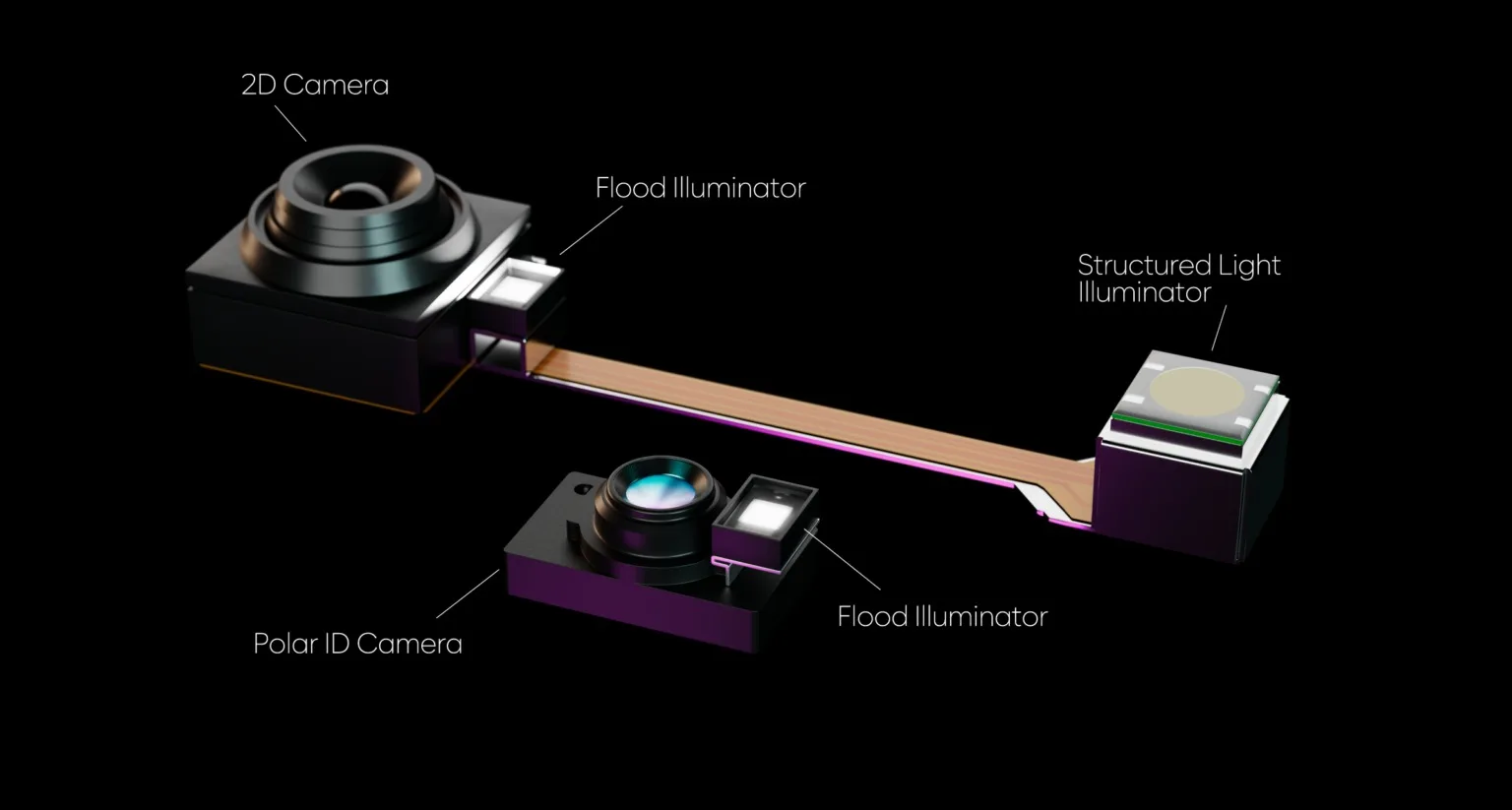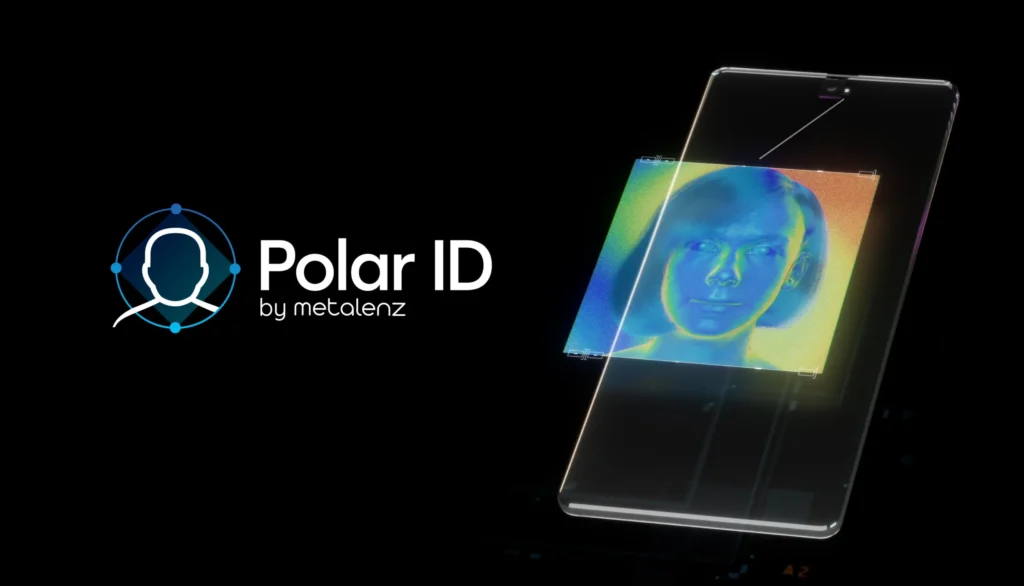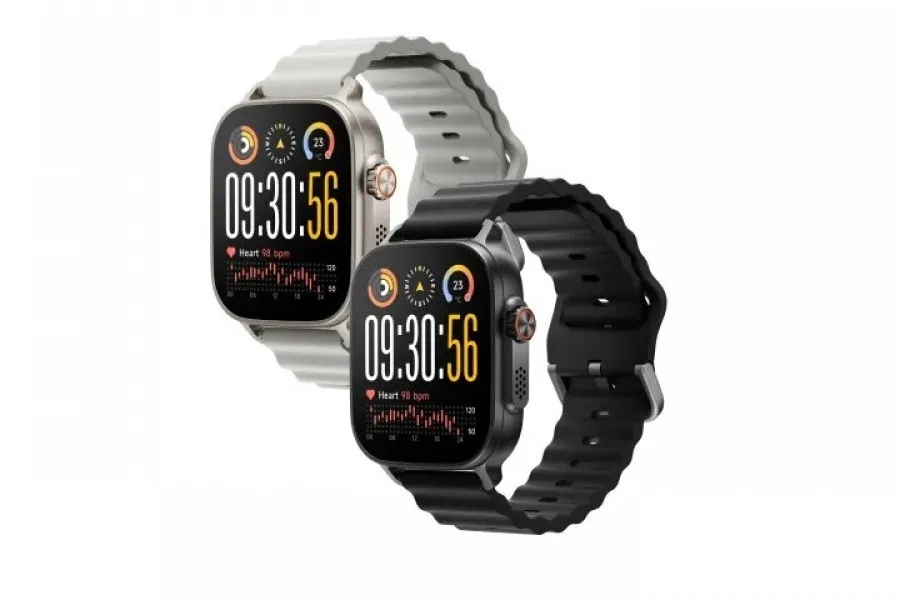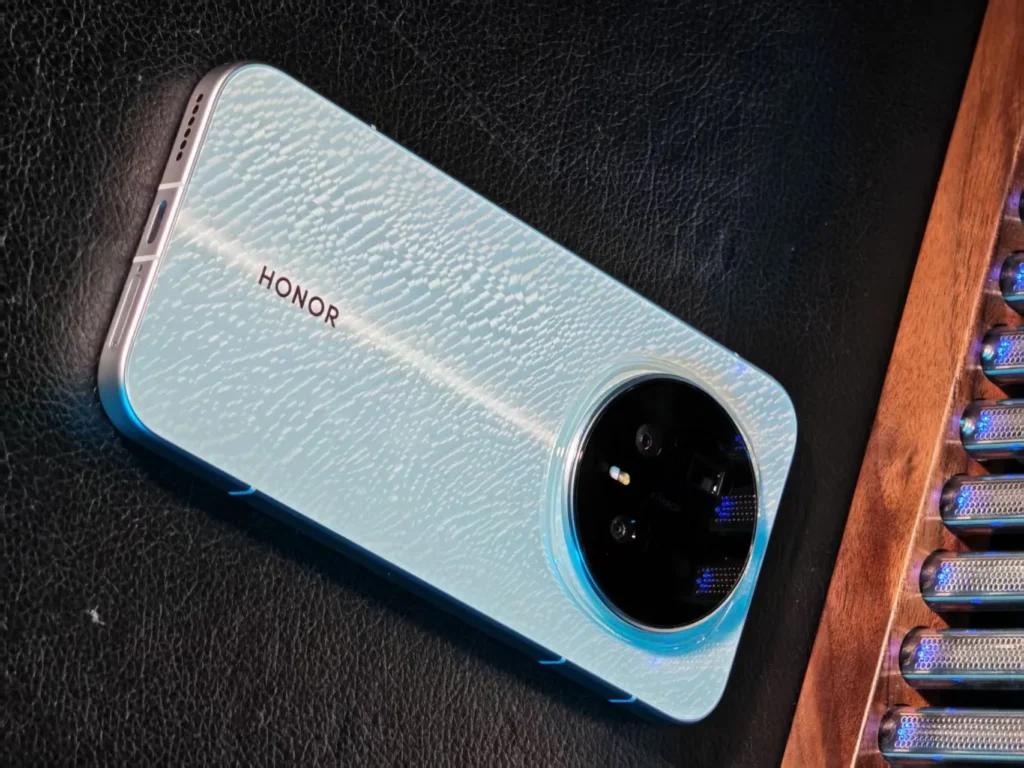Galaxy S27 Ultra: The New Polar ID Facial Recognition
While the Galaxy S26 Ultra is yet to be officially announced, new leaks suggest a major innovation for its successor, the Galaxy S27 Ultra, expected in early 2027.
According to leaker @SPYGO19726, Samsung is testing a groundbreaking facial unlocking technology named Polar ID v1.0, designed to compete with—and potentially surpass—Apple’s Face ID.
Polar ID: A Facial Recognition System Based on Polarized Light
Information from a test firmware of the Galaxy S27 Ultra reveals that Samsung plans to integrate a biometric system called “Polar ID v1.0,” described as a “polarized light authentication solution.”
In essence, this technology would analyze the unique polarization signature of human skin and face, a characteristic that cannot be imitated by photos, videos, or even 3D masks. It would employ the ISOCELL Vizion sensor at the front, well-known for its 3D capabilities, paired with a new security module dubbed “BIO-Fusion Core” responsible for encryption and processing biometrical data.
The projected unlocking time is 180 milliseconds, almost instantaneous, with enhanced reliability under various lighting conditions: complete darkness, bright sunlight, wearing sunglasses, or even with a partially covered face.
A Technology Developed by Metalenz
The name “Polar ID” is not new; it is a technology developed by American company Metalenz, which originated from MIT and specializes in optical metasurfaces. Metalenz has previously described Polar ID as the only consumer-grade imaging system capable of capturing the complete polarization state of light.

This technology allows for the detection of the microscopic structure of skin and facial tissues, creating a biometric signature unique to each individual.
According to Metalenz, even ultra-realistic masks or 3D replicas are identified as “non-human.” In 2023, Metalenz announced a partnership with Qualcomm, and in 2024, an agreement to use Samsung’s ISOCELL Vizion 931 sensor—establishing a direct link with the rumors surrounding the Galaxy S27 Ultra.
Face ID vs. Polar ID: An Anticipated Duel
Since its launch with the iPhone X in 2017, Face ID has remained the standard for secure facial recognition systems. Apple employs an infrared structured light projector to create an accurate 3D map of the face. However, this technology necessitates a visible notch or “Dynamic Island” on the front of iPhones.
Samsung’s approach could eliminate this requirement: the Polar ID sensor might be more compact and discreetly integrated beneath the screen or within a small punch hole, while still offering equal or superior security. If confirmed, Samsung would become the first Android manufacturer to offer a facial recognition system reliable enough for payments and identity verification.
But, Caution is Advised…
The leaker responsible for this information has a mixed track record: they have previously made errors regarding Exynos. Furthermore, Polar ID was previously mentioned for the S25 Ultra and the S26 Ultra, without any actual rollout. It is likely that Samsung is currently testing the technology, but there is no guarantee it will be ready for mass production before 2027.
After years of playing catch-up to Apple in advanced facial recognition, Samsung appears poised to close the gap. If Polar ID makes its debut on the Galaxy S27 Ultra, it could represent the first genuine Android alternative to Face ID, combining security, speed, and visual discreetness.
Only time will tell if this technology will be ready for market by then—but one thing is certain: 2027 could herald a new era for mobile biometrics.




